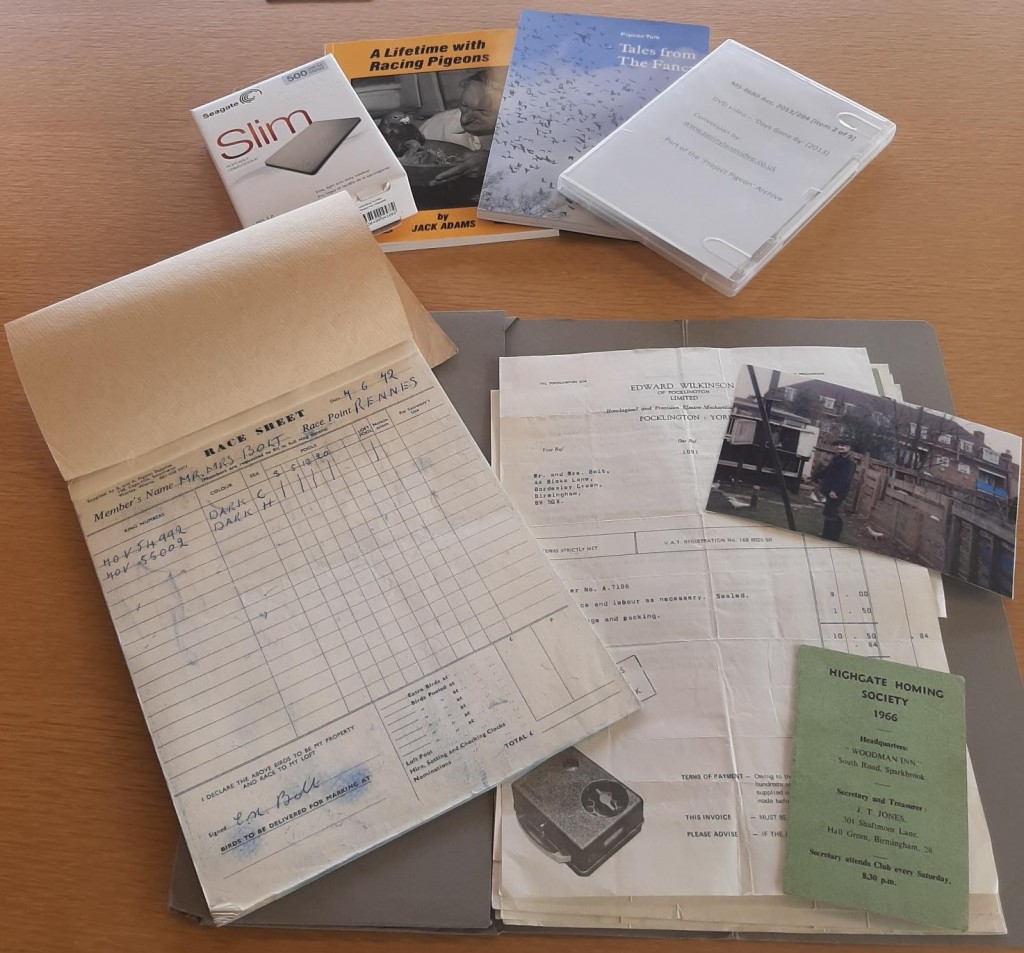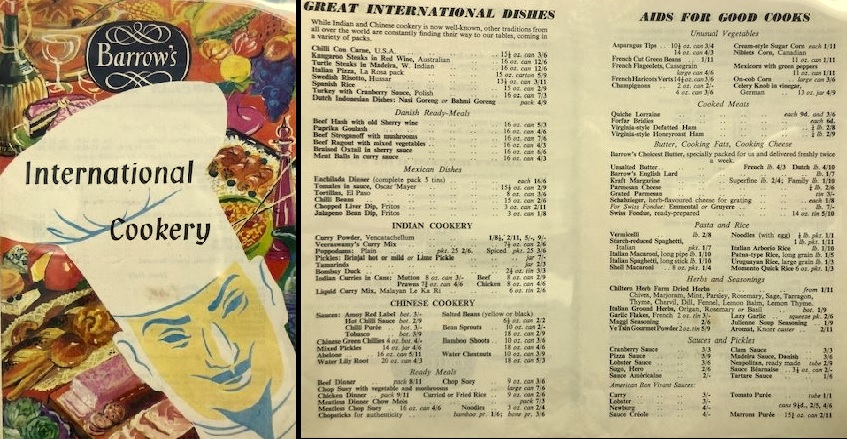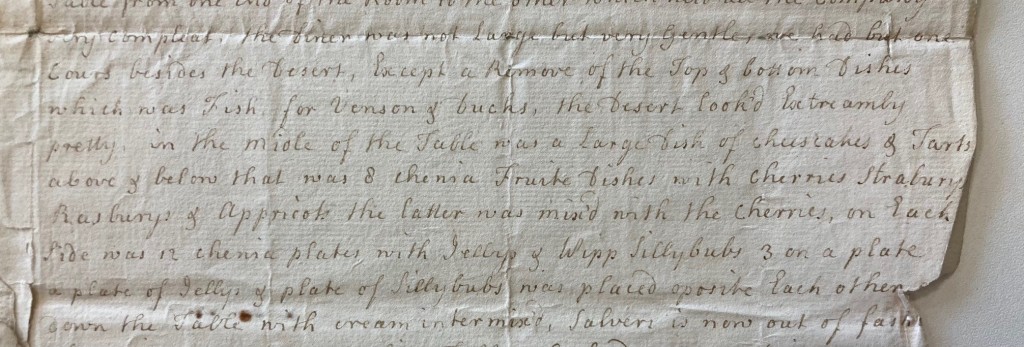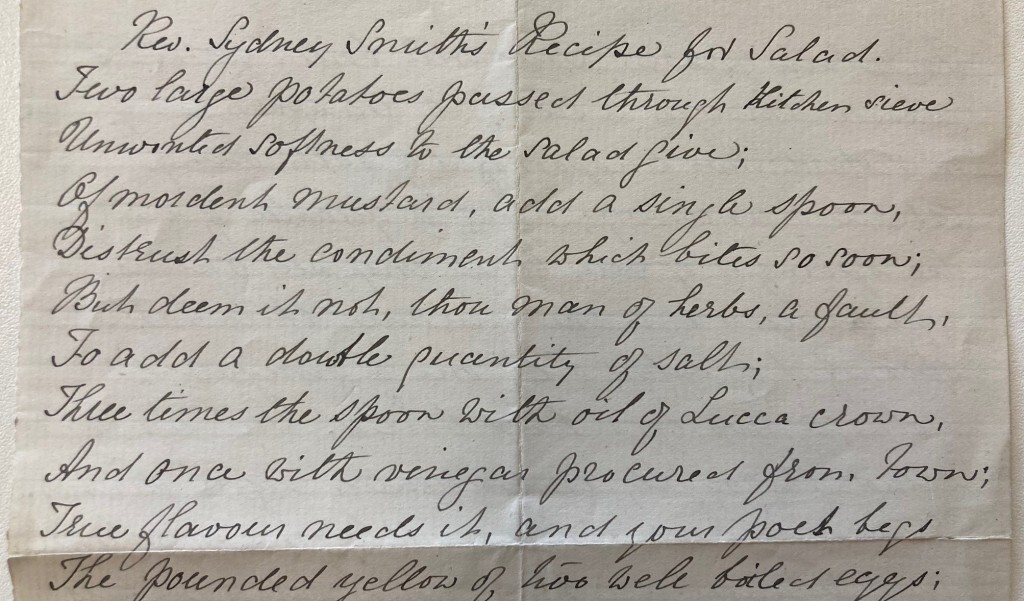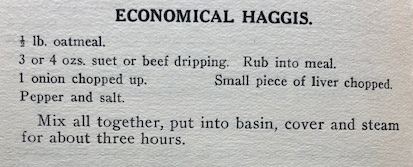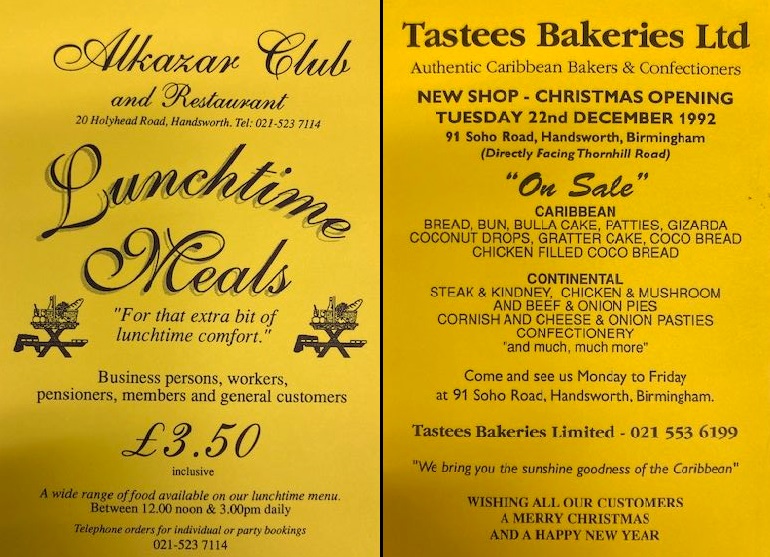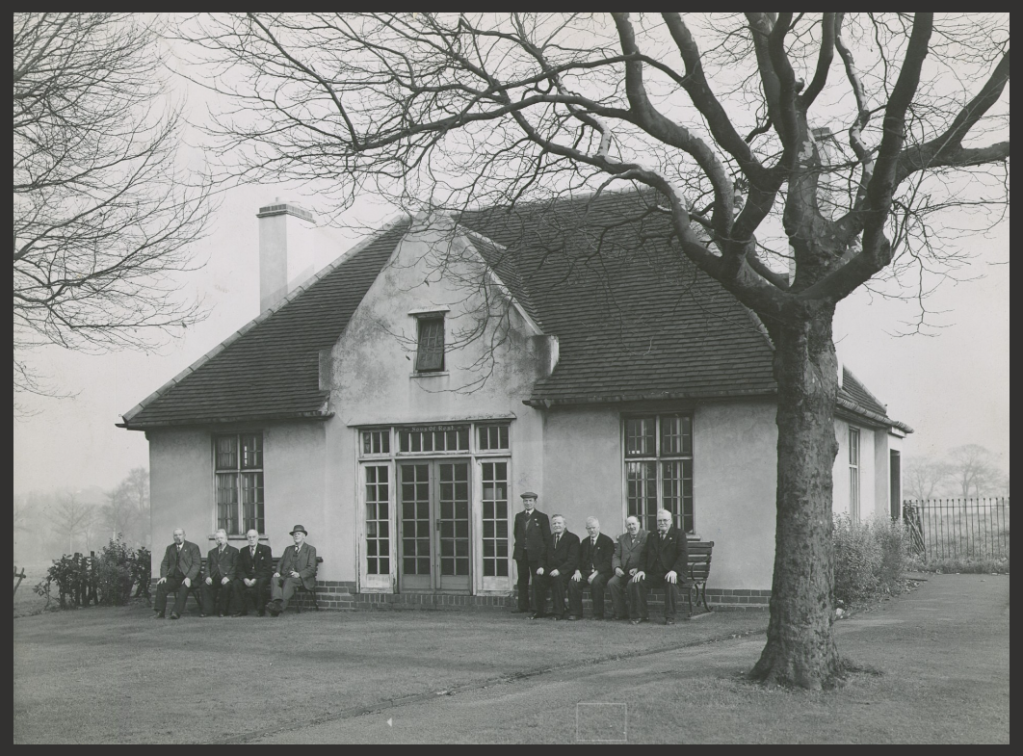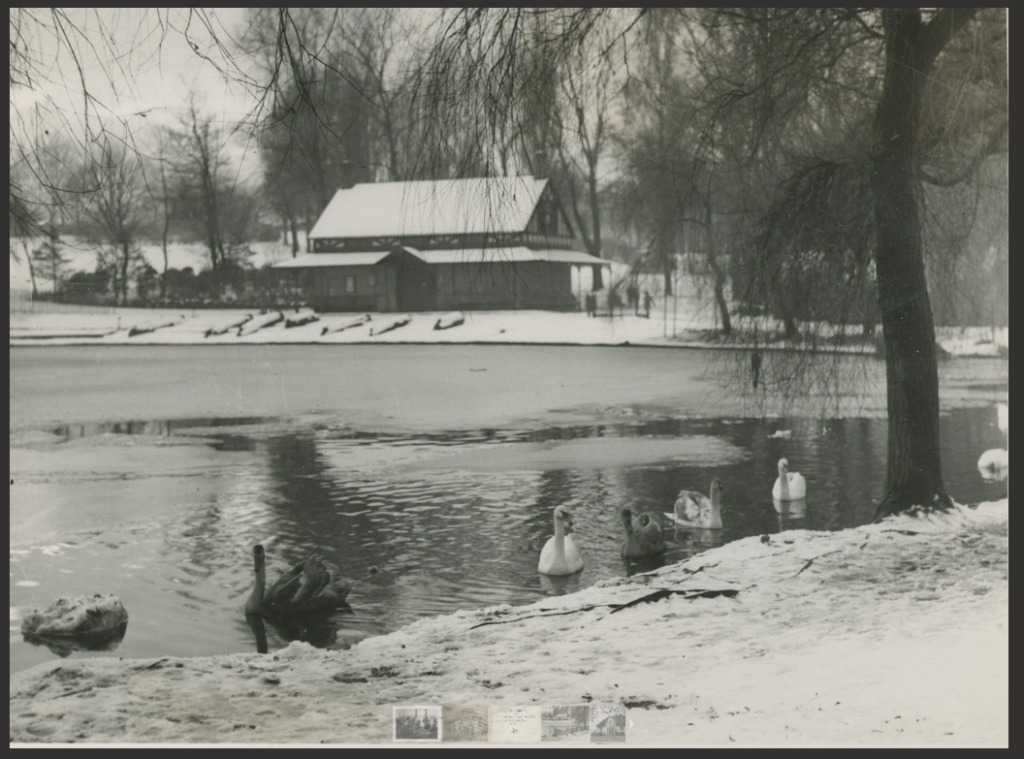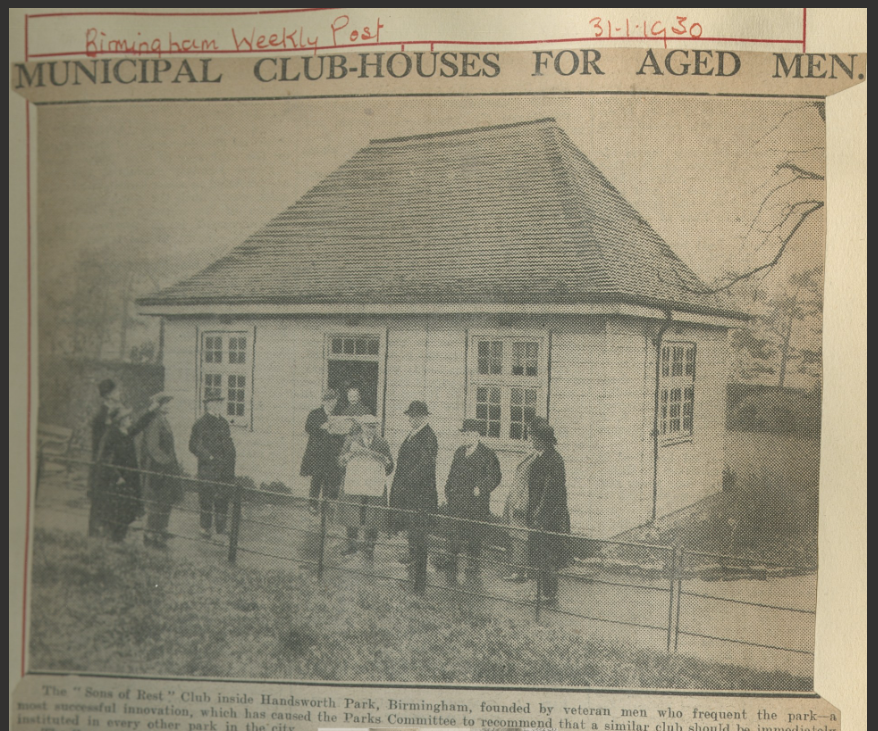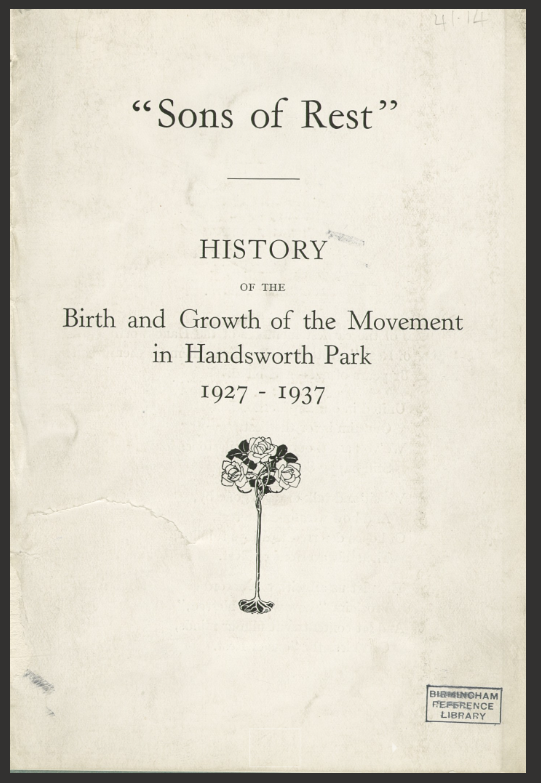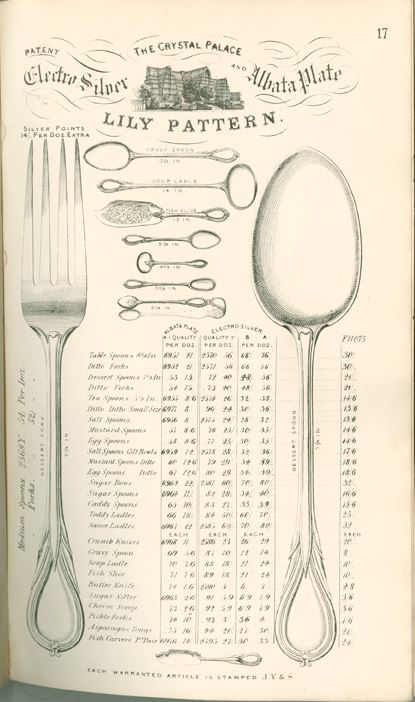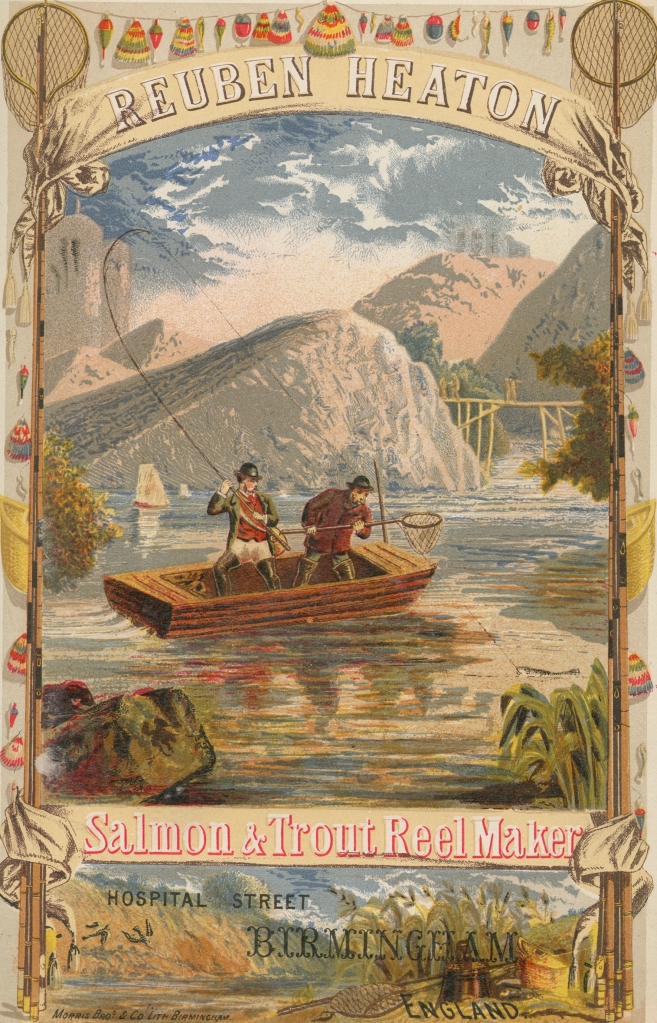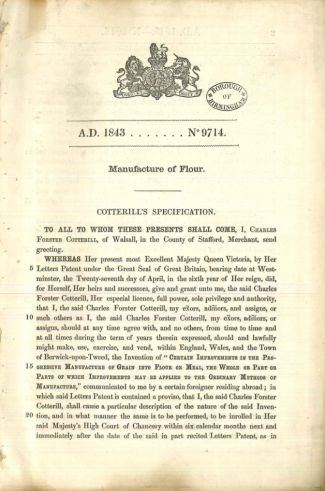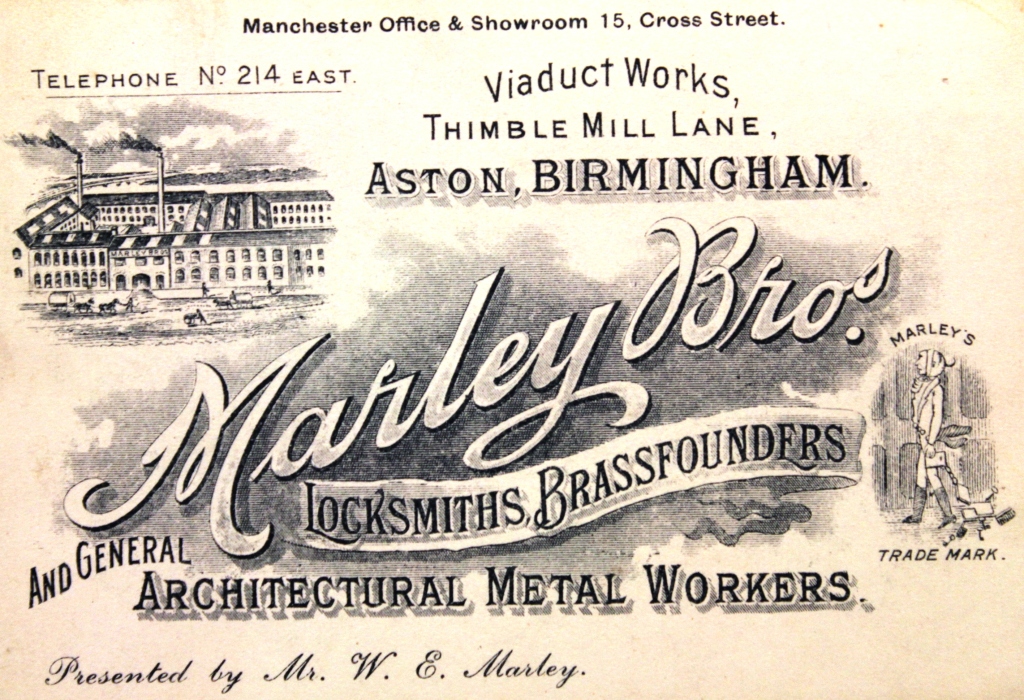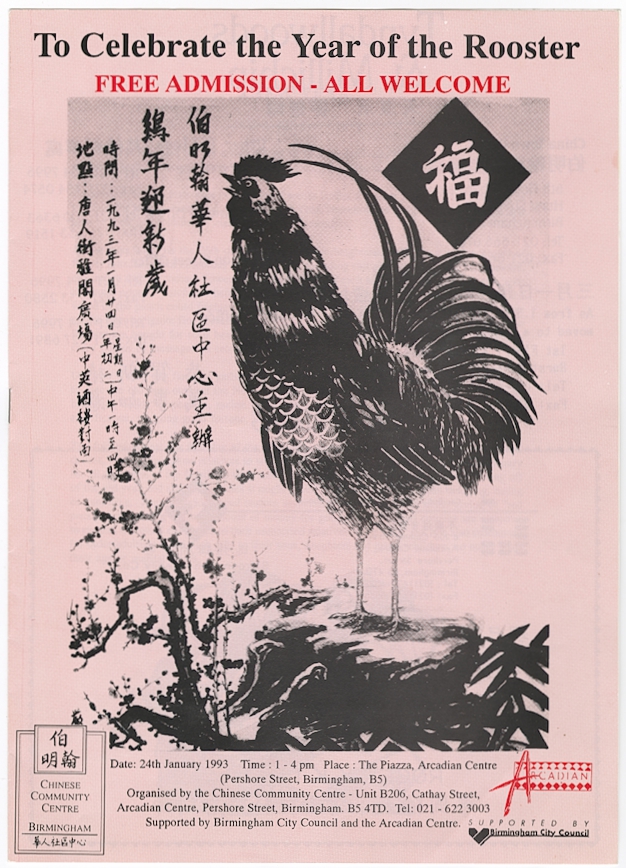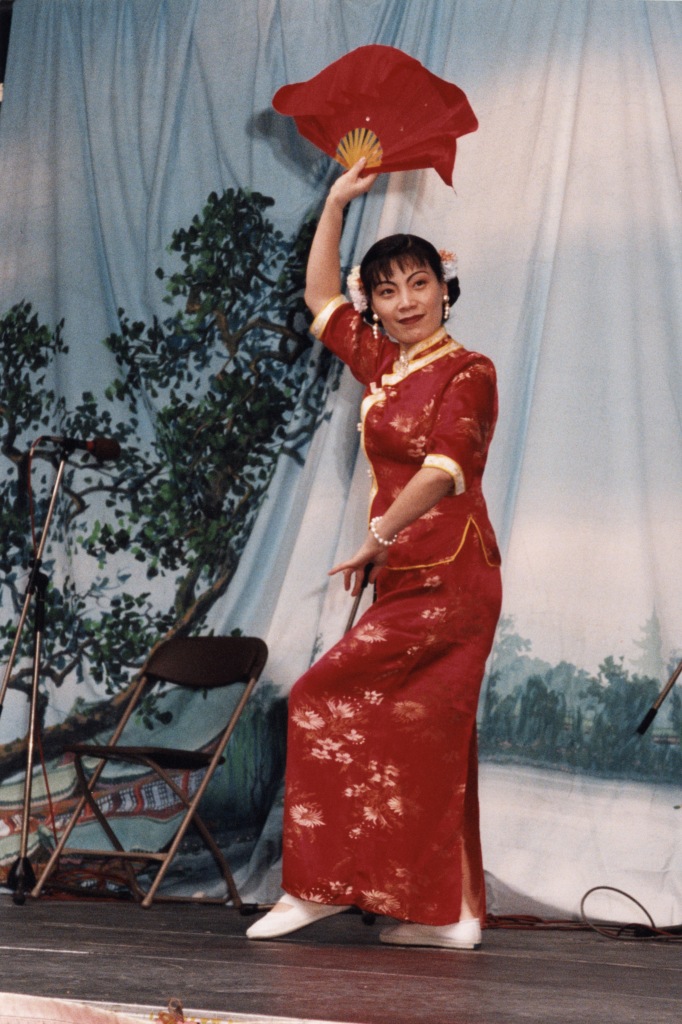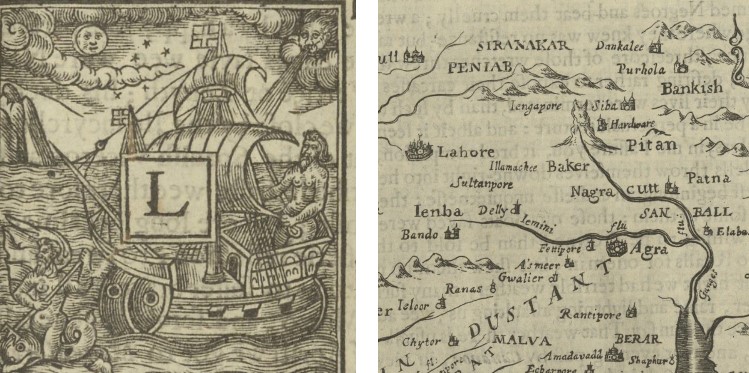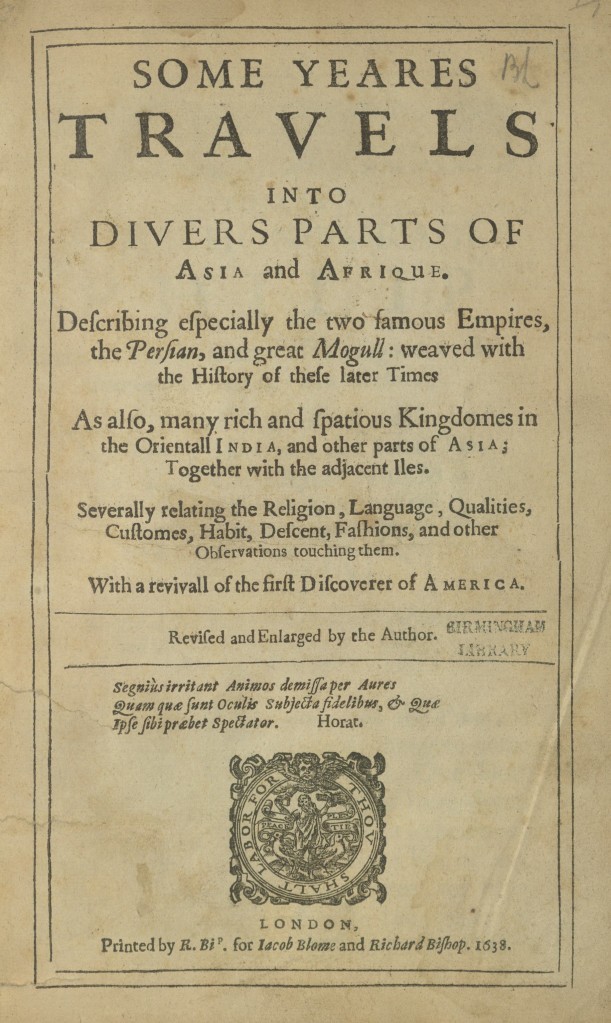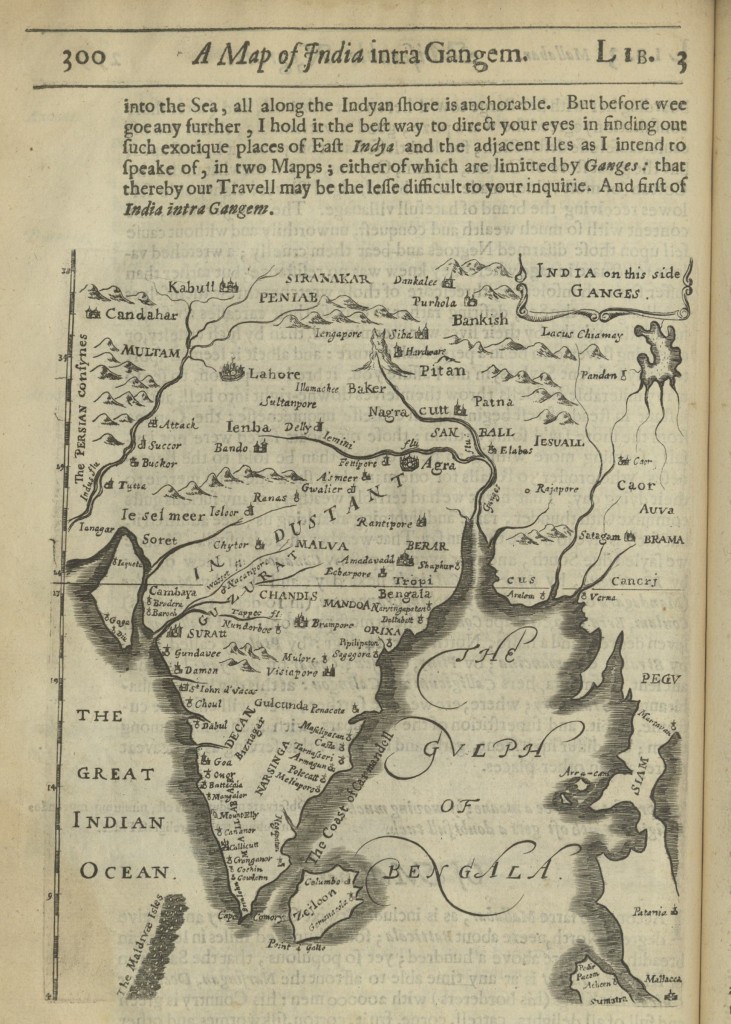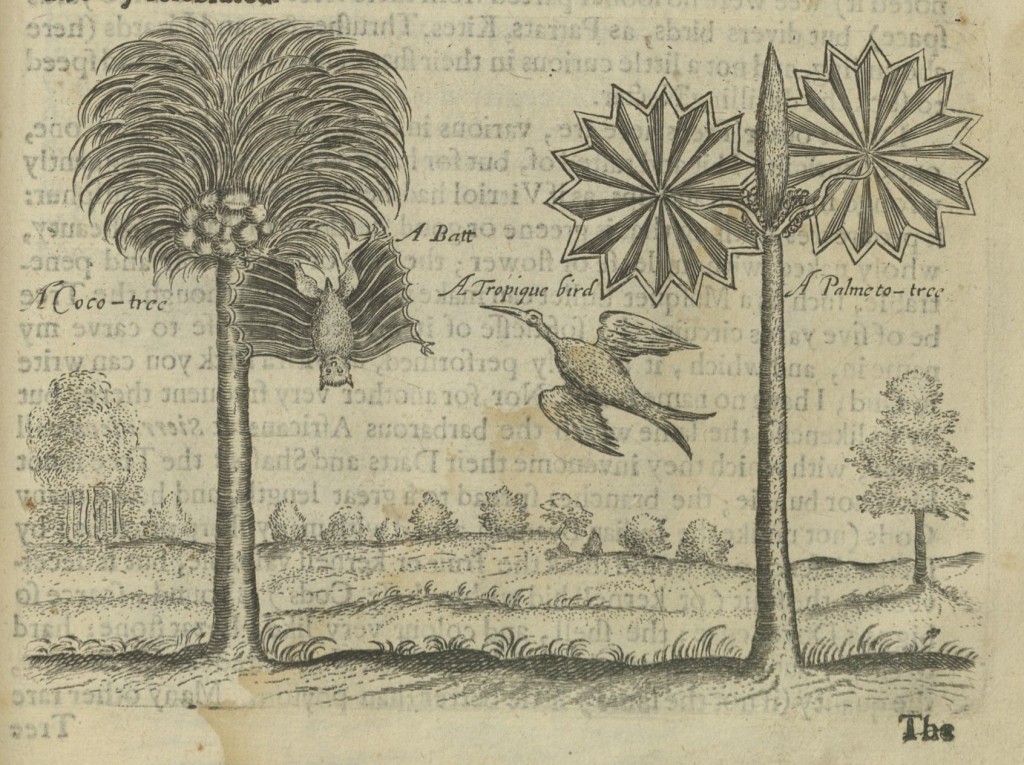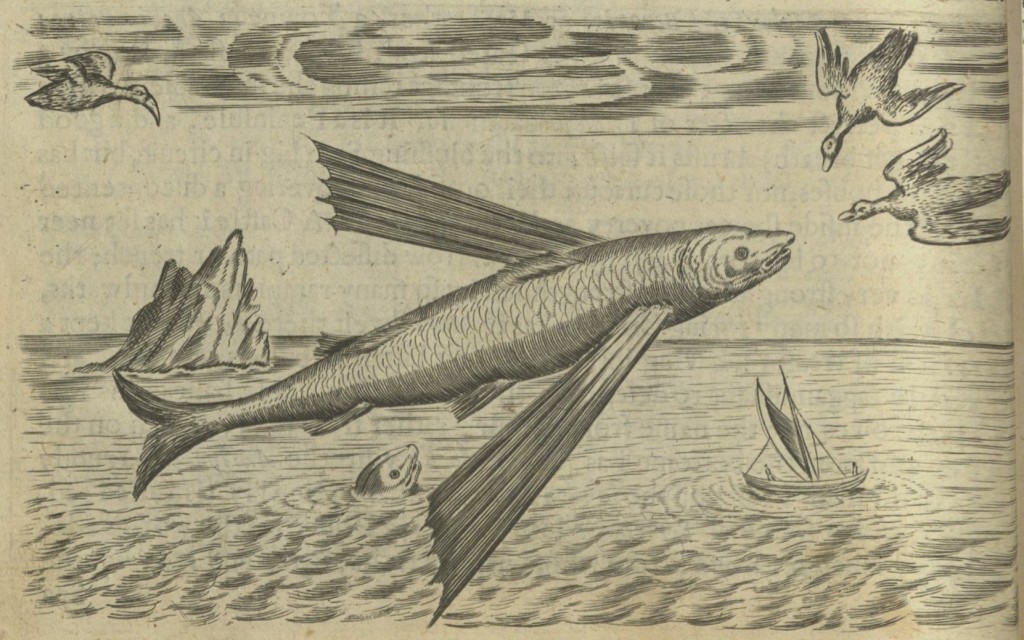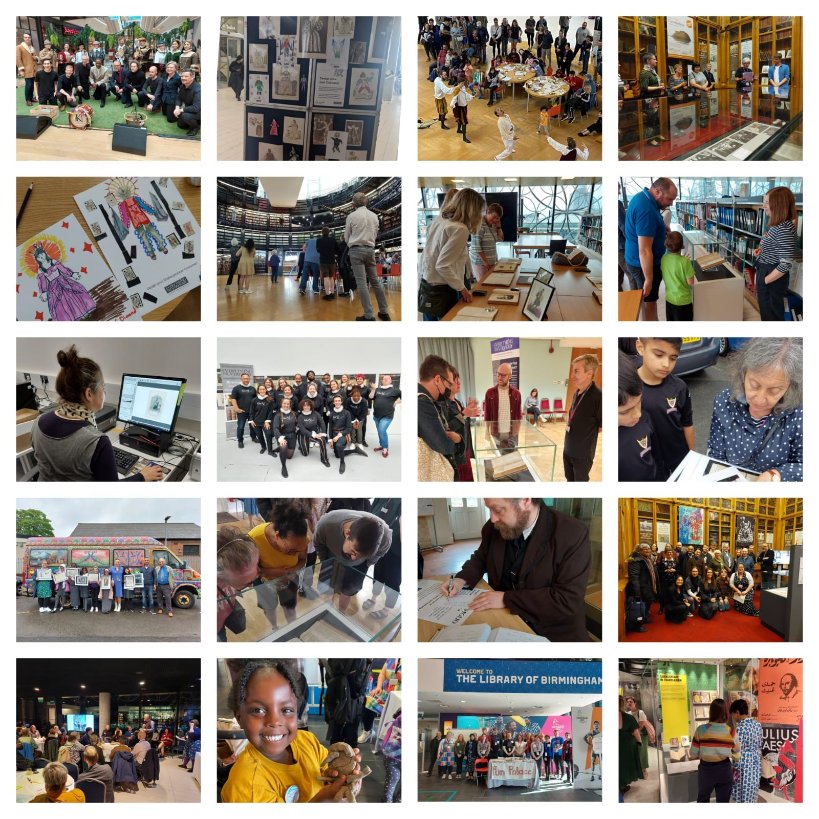Introduction
Over the years our service has received many collections relating to community heritage projects. The outputs of these initiatives have enabled us to document and make available information relating to communities hitherto often neglected in the historical record – for example recent immigrants and ethnic minorities or the LGBTQ+ community. For many years content came in as physical objects like audio tapes with paper transcripts, but over the last two decades there has been a noticeable shift to hybrid or wholly digital formats.
We recently had an enquiry from an academic researcher wanting to access an archive documenting the history of pigeon racing in the region. This prompted me to look at challenges around managing, storing, and making accessible digital collections, find an immediate solution to make specific content available for them on-site, and, longer-term, widen access to the collection online via Preservica.
The “Project Pigeon” Archive
“Project Pigeon” was founded by artists Alexandra Lockett and Ian England and ran between 2011 and 2013. Alexandra had become interested in the subject of pigeon keeping, also known as pigeon fancying, developing the archive by attending pigeon clubs, shows, and racing and training meets, learning about the care of pigeons.
A long-time staple of working-class leisure activity, pigeon keeping is especially popular in the West Midlands, with more pigeon fanciers here than any other region in Britain. Birmingham was at the forefront of innovative developments in the sport, the city’s pigeon fanciers being the first to use railways to transport the birds to distant liberation points!
Whilst not as popular as it once was, the archive reveals an interesting mix of participants in terms of age, gender, and ethnicity. The project also interviewed people engaged in associated trades including breeders and importers. The archive reveals considerable minutiae documenting working, domestic and social lives of the participants – the eldest participant was born in 1915, so was nearly 100 when interviewed!
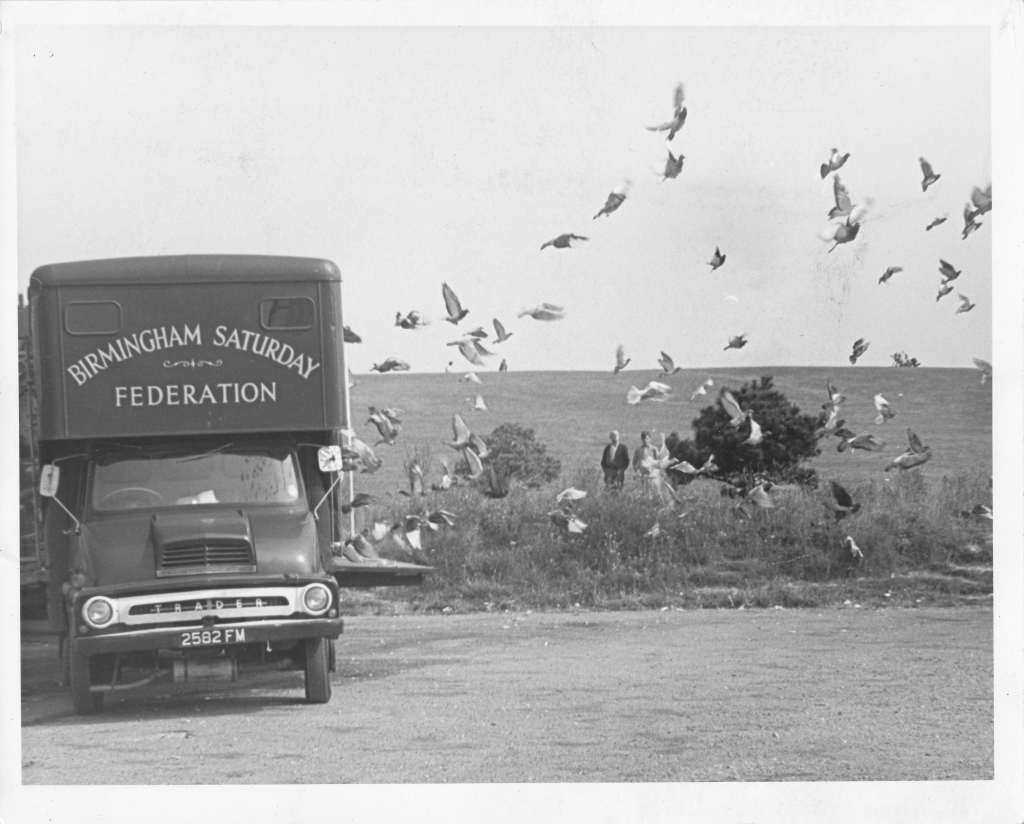
Preserving and accessing “Project Pigeon” – challenges and solutions
After finding an entry on the online catalogue, the researcher made an appointment to view the archive over three days, specifically the audio and video interview recordings. Whilst paper content can be viewed here by appointment, no accessible playback versions existed of the digital master files. Processing digital archives can be fiddly and time-consuming. Fortunately, just after Christmas we had a new digital preservation workstation set up with new applications installed which made the task much easier.
I contacted the researcher to explain the situation and that I would prioritise the process of copying the interview recordings to CD. I used a new application installed on the processing workstation, Teracopy, to copy content to a suitable location on network for processing –verifying content checksums (like a digital fingerprint!) before and after copying, it provides evidence digital assets have copied without alteration or data loss.
Other challenges became apparent on analysing content using the file identification tool DROID. The audio recordings comprise solid preservation formats – Audio WaveForm – yet were often too large to fit onto CD. To resolve this, I created compressed MP3 copies using Audacity, another piece of open-source audio editing and conversion software. MP3s were added to data CDs along with the text data sheets and JPEG digital photographs (if they exist). I updated the catalogue to notify researchers surrogate copies are available.
The video content proved even more problematic, the Apple MOV files comprising multiple gigabytes of data, too large to render online or fit to DVD. Fortunately, we also have access to another open-source tool, Handbrake, which supports the conversion of video to a selection of modern, widely supported formats, including compressed web-optimised MP4s comprising a fraction of the data of the original.
Longer-term I would like to provide upload content to Universal Access, the public front end of our Preservica tenancy. Although consent forms signed by the interviewees permit us to use the archive for various purposes, including research, publication, or online display, I shall attempt to contact the depositor as a courtesy to inform them of the work I’m doing to preserve the archive and the options being considered to make this unusual collection more widely accessible, both remotely and on-site.
Setting up an Ingest Workstation
As a final note – setting up an ingest workstation can be done relatively cheaply, even by small community groups. Many of the software applications are free, open-source, and easy to use. Any real costs usually relate to hardware – PC equipment, write-blockers, USB disk drives, and the like. A useful four-part blog by Simon Wilson describes step-by-step how he set up relatively low-cost forensic workstation.
Michael Hunkin, Digital Preservation Officer

